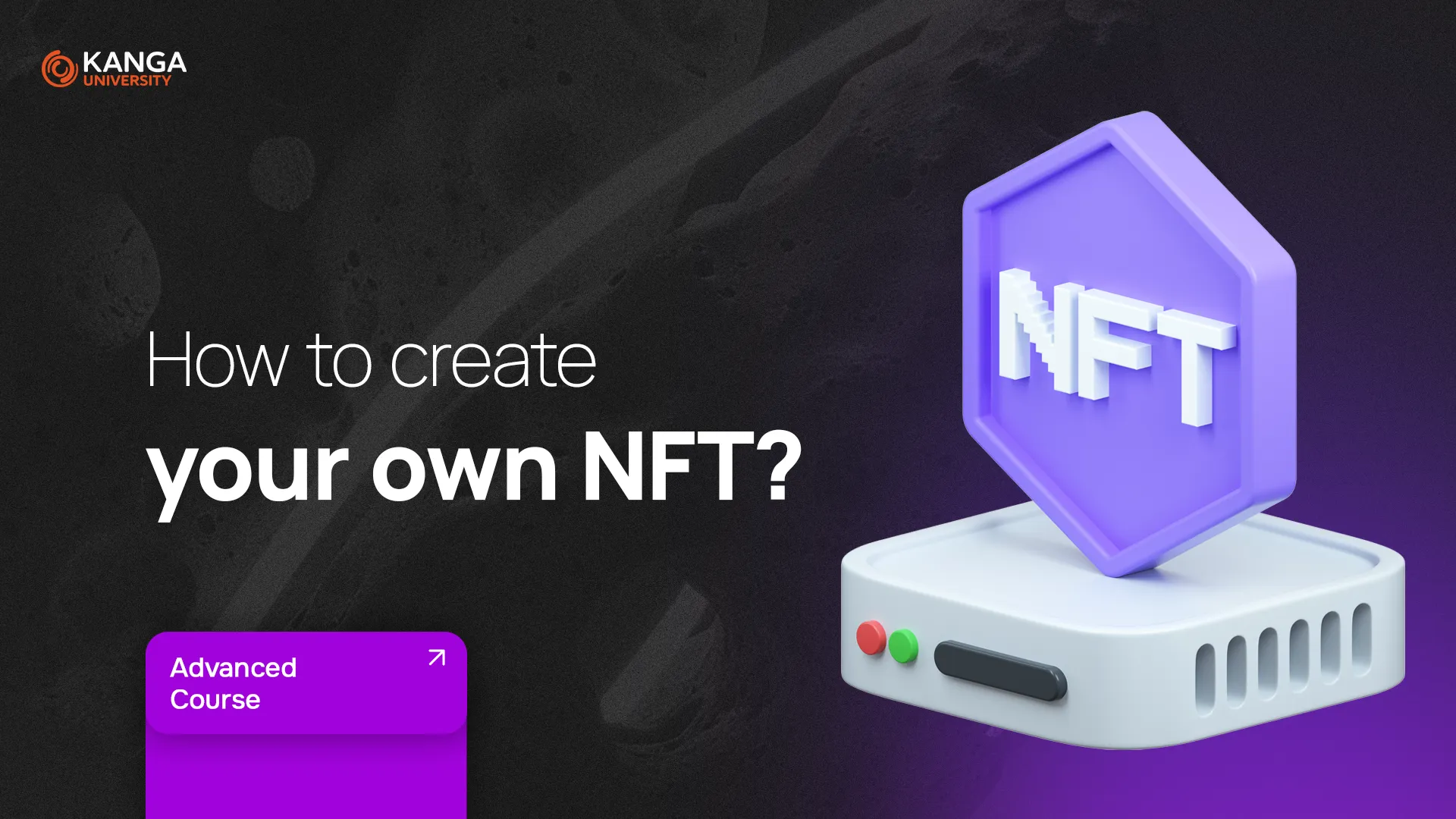
NFTs aren’t just a trend – they’re a new way to become a digital creator and earn money from your work. Whether you draw, make music, design graphics, or simply have something unique to share – you can turn it into an NFT and sell it to people around the world.
In this guide, we’ll walk you through how to create your first NFT step by step. You don’t need to be a developer or an investor. All you need is internet access, a crypto wallet, and… an idea.
What is an NFT, exactly?
NFT stands for non-fungible token – a kind of digital certificate that proves a specific file (like an image, music track, video, or 3D model) belongs to a particular person. It works a bit like a signature – but it’s recorded on the blockchain.
What makes NFTs special is that they’re unique and indivisible. That’s why they’re perfect for selling digital art, music, or even… memes.
How to Create an NFT: Most Popular Platforms
1. OpenSea
The biggest and most popular NFT marketplace. Here’s how to create an NFT on OpenSea:
-
Install a crypto wallet (like MetaMask) and connect it to OpenSea.
-
Fund your wallet with ETH – needed to cover transaction fees (unless you use the free Polygon network).
-
Click “Create” and choose whether to mint a single item or a whole collection.
-
Add details: name, description, file (image, video, audio), traits, and external links.
-
Choose a blockchain (Ethereum is more expensive; Polygon is cheaper).
-
Confirm and list your NFT for sale.
Tip: If you want to avoid fees, go with the Polygon network – no ETH needed.
2. Rarible
A strong OpenSea competitor and just as easy to use:
-
Connect your wallet and click “Create.”
-
Choose a blockchain – Ethereum or Flow are great options.
-
Upload your file, name, description, price, and decide if the NFT should be free.
-
Select “Free Minting” to avoid paying upfront fees – the platform covers them for you.
-
Confirm the details and click “Create item.”
3. BakerySwap
Built on Binance Smart Chain (BSC), this platform is ideal for creators looking for low fees.
-
You’ll need BNB to pay for minting costs.
-
Connect your wallet (like Trust Wallet).
-
Choose “Create Art” and upload your file.
-
Fill in the details, confirm you’re the original creator, and click “Create.”
-
Pay the transaction fee – your NFT will appear on BSC shortly after.
Which Blockchain Should You Choose?
Here are the most commonly used networks:
-
Ethereum – the largest and most established, but with high fees.
-
Polygon – low-cost and fast, perfect for beginners.
-
Binance Smart Chain (BSC) – also cheap and especially popular in Asia.
-
Tezos, Avalanche, Solana – growing alternatives with low transaction costs.
When choosing a blockchain, consider fees and how easy it is to sell your NFT.
How Much Does It Cost?
Creating an NFT can be free – if you choose the right options and blockchain. But usually:
-
Platforms take about 2.5% commission on sales.
-
Minting on Ethereum can cost tens of dollars, depending on gas fees.
What to Keep in Mind Before Publishing
-
Make sure you have the rights to the work you’re tokenizing.
-
Read the platform’s terms carefully.
-
Prepare a strong description and cover image – it’s your business card.
-
Decide whether to set up creator royalties – this lets you earn a percentage from every future resale.
Summary
Creating an NFT is easier than ever. You don’t need any technical skills – just an idea, a wallet, and a few clicks. Thanks to platforms like OpenSea, Rarible, or BakerySwap, you can enter the world of digital creators and maybe even earn your first crypto.
If you’ve got creativity, courage, and curiosity – this might be the perfect time to start.